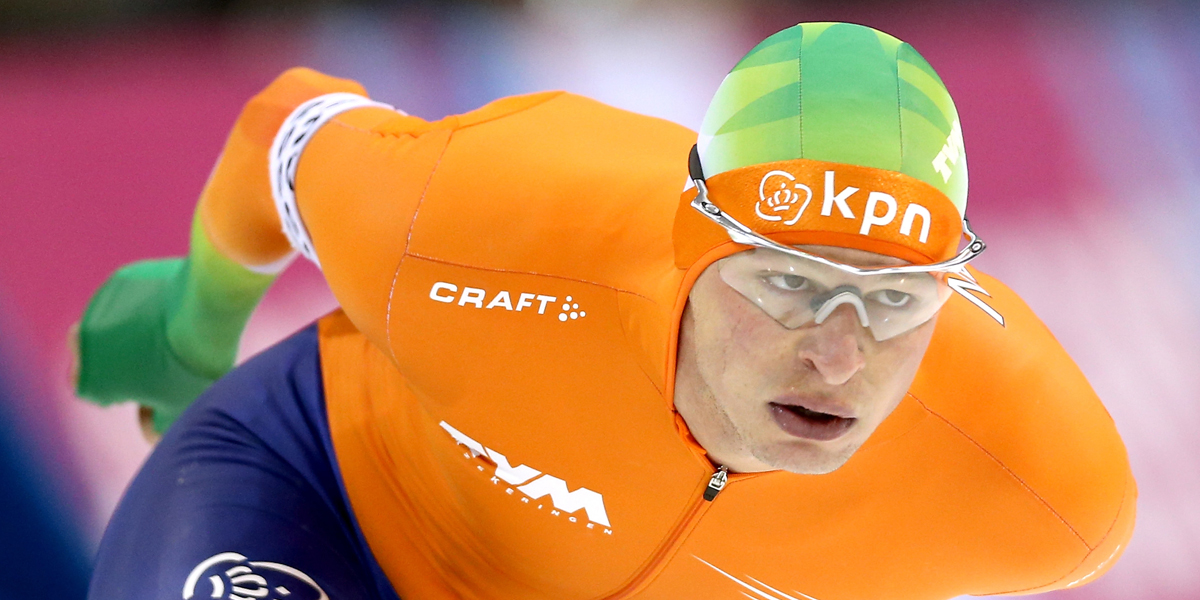- Katie Couric was widely criticized for suggesting skating was an “important mode of transportation” in the Netherlands.
- Using data from Statistics Netherlands, Business Insider estimated how long Dutch gold-medal speed skater Sven Kramer would take to skate the average distance traveled by a Dutch person in a day.
- If Kramer were able to sustain a speed of 29 mph, he would be able to cover the average daily commute distance of 32 kilometers in about 39 minutes, beating the average travel time by a solid 23 minutes.
Katie Couric came under fire over the weekend for comments she made during the Winter Olympics opening ceremony.
When the Netherlands’ delegation entered the stadium during the parade of athletes, Couric proposed an interesting hypothesis as to why the Dutch tend to dominate in speed skating:
“Because skating is an important mode of transportation in a city like Amsterdam which sits at sea level. As you all know, it has lots of canals that can freeze in the winters. So, for as long as those canals have existed, the Dutch have skated on them to get from place to place, to race each other, and also to have fun.”
This statement was quickly mocked on Twitter, and Couric eventually apologized. But it made us curious about what ice skating as a mode of daily transportation might look like in the Netherlands.
Conveniently, the main Dutch government statistical agency, Statistics Netherlands, published a report in 2016 on transportation and mobility in that country.
Notably, speed skating is not listed as a major method of getting from place to place. According to the report, about 73% of kilometers traveled and 46% of trips in 2014 were in a car as either a passenger or a driver. Bicycle trips are common, with 28% of trips taken on a bike, accounting for 9% of the total distance traveled. About 3% of trips and 5% of total distance were categorized as "other," which could, hypothetically, include ice skating.
Setting aside the fact that, despite Amsterdam's frozen canals, ice skating is likely not a convenient mode of transportation throughout the Netherlands. Hence, we wondered how speed skating would compare to a normal Dutch person's daily travel.
According to Statistics Netherlands, the average Dutch person traveled nearly 32 kilometers (19 miles) per day, taking 63 minutes of travel time. On Sunday, Dutch speed skater Sven Kramer set a new Olympic record in the men's 5,000 meter race with a time of 6:09.76. That suggests an average speed of 48.7 km/h (29 mph).
If Kramer were able to sustain that speed, he would be able to cover the average daily travel distance of 32 kilometers in about 39 minutes, beating the average travel time by a solid 23 minutes.
The biggest part of an average Dutch person's daily travel was their commute to work, according to the Statistics Netherlands report. The average commute in 2014 was 24 km (14.4 miles) and took 34 minutes. At his record-setting speed, Kramer could skate that average commute in just under 30 minutes, narrowly beating the average commuter.
So, if it were feasible, Olympic-caliber speed skating would be a pretty quick way to get around the Netherlands.

